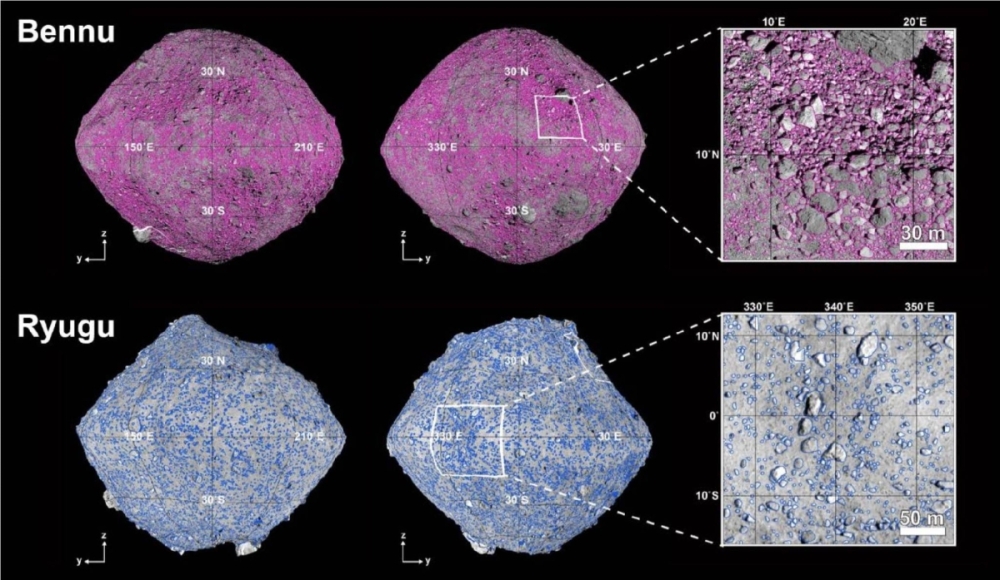That’s exactly what a University of Tokyo research team just pulled off.
In a space-meets-science-fiction twist, researchers used artificial intelligence to scan tens of thousands of high-res images.
The images came from two distant asteroids—Ryugu and Bennu.
In just half a day, the AI identified over 200,000 rocks by size, shape, and location.
“We trained the system using 70,000 rocks from Earth and beyond,” said project researcher Yuta Shimizu.
The AI then combed through images snapped by Japan’s Hayabusa2 and NASA’s Osiris-Rex probes.
It spotted about 20,000 boulders on Ryugu and a staggering 180,000 on Bennu.

What’s The Real Win?
But this isn’t just about asteroid selfies. Earth applications.
Think landslide warnings, infrastructure inspections, even drone-based disaster detection.
“We expect it will be used to detect signs of rock collapse on Earth,” Shimizu added.
Interestingly, the data revealed opposing rock flows: Ryugu’s sediment drifted from equator to poles, while Bennu’s flowed in reverse.
The reason? Rotation speed—Ryugu spins slower at 7.6 hours compared to Bennu’s zippy 4.3.
With the tech set to launch on Japan’s 2026 Martian Moons mission, one thing’s clear: AI just became geology’s new rock star.





